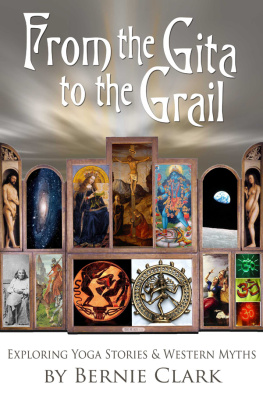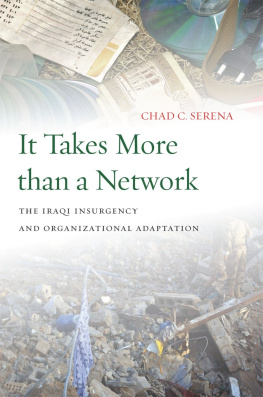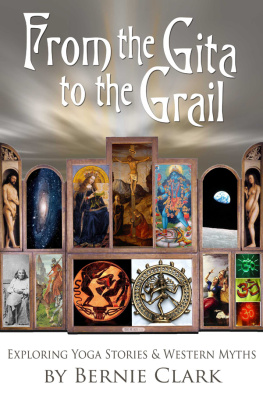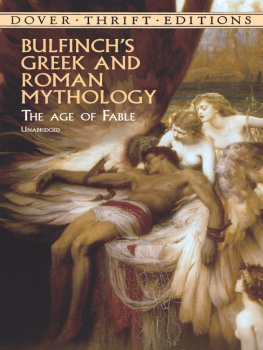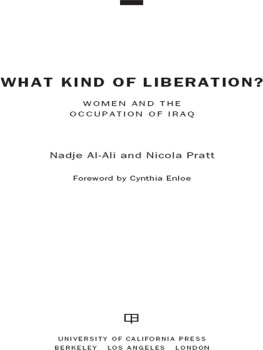From
the Gita
to the Grail
Exploring Yoga Stories
and Western Myths
Bernie Clark
Blue River Press
Indianapolis
www.brpressbooks.com
From the Gita to the Grail 2014 Bernie Clark
ISBN: 9781935648316
eISBN: 9781935628767
Library of Congress Control Number: 2013950236
All rights reserved under International and Pan-American Copyright Conventions
Cover designed by Heather Phillips
Packaged by Wish Publishing
Printed in the United States of America
10 9 8 7 6 5 4 3 2 1
No part of this book may be reproduced, stored in a database or other retrieval system, or transmitted in any form, by any means, including mechanical, photocopy, recording or otherwise, without the prior written permission of the publisher.
Quotation from Sukhavati by Joseph Campbell, copyright 2005; reproduced by permission of Joseph Campbell Foundation (jcf.org).
Quotation from The Heros Journey, by Joseph Campbell, copyright 2003; reproduced by permission of Joseph Campbell Foundation (jcf.org).
Quotation from Pathways to Bliss by Joseph Campbell, copyright 2004; reproduced by permission of Joseph Campbell Foundation (jcf.org).
Quotation from Black Elk Speaks: Being the Life Story of a Holy Man of the Oglala Sioux, The Premier Edition by John G. Neihardt, the State University of New York Press 2008; reproduced by permission of State University of New York.
Distributed in the United States by
Cardinal Publishers Group
www.cardinalpub.com
For Sam, Cillian and Toby
May you dream mythic dreams
May they fire your imagination
May you visit new and old realms
Deep and profound
May you be whole
Table of Contents
Preface
Y ou can hear the music even in the stairwell as you climb the three floors to the studio that sits just above the everyday world of downtown Manhattan. The beat is strange and foreign and you cannot quite catch the words, but you think they are chanting Sita and Rama, Govinda and Radhaunfamiliar names. Upon opening the door to the studio, other senses awaken; while your eyes are dazzled by the bright colors, wafting incense tells you that you are not in Kansas anymoreyou have taken a step beyond your ordinary world, a cause to pause at the threshold. Your friend takes your arm and gently urges you in. Behind the receptionist, who is dressed in a brightly colored printed top with the image of a man with an elephants head, you see a big wooden sign that says something like 30it is hand-carved in looping swirls. On the counter is a statue of some fellow with four arms and two legs, one of which is raised, the other perched on an unidentifiable creature. A snake loops his hips like a belt, his hair is wild and wavy, and a ring of fire surrounds the whole scene. Your friend sees where you are looking and names the images: on the wall is the symbol Om, the primordial sound of the universe, and the statue is the Hindu deity Shiva, dancing. Your mind and your senses are overwhelmed: What have you gotten yourself into? Welcome to your first yoga class!
The studio is weird, and you feel a bit uneasy. A video is playing on a screen mounted in a corner of the room, showing a man flowing through his practice, moving like a Cirque du Soleil acrobat, perfectly sculpted and consciously serene in his movements. You cant move like thatnever in a million years! Looking at the other students, you notice that they are mostly women, and mostly very fit-looking, flexible, young women. Your resolve begins to waver; you know you dont belong here. You told your friend that you cant do yoga and that you are too inflexible. She simply responded by saying that was like being too dirty to take a shower. Then she reminded you why you needed to come: Your life is way too stressful; you have put on more weight than youd like; and you are easily tired. Even just climbing the three flights of stairs to reach the studio winded you. You need to do something to get back some control over whats been happening to youand now you find yourself in this very strange land.
This is a book about stories and myths for people who love stories and who love to understand what the stories mean down deep inside. It is a book for yogis of the West who frequently encounter all kinds of images taken from the East, but to whom those images seem quaint or meaningless. The Eastern stories are fun, although on first contact they have no power to stir us. After all, we were raised on different stories: stories of Romeo and Juliet, Lancelot and Guinevere, and even Tristan and IsoldeWestern stories. We know little or nothing of Rama and Sita, or Krishna and Radha. We have at least heard about Yahweh, Allah and Jesus, but Brahma, Vishnu and Shiva are cartoon creatures to us. We know about the great flood, the Garden of Eden, the Virgin Birth, but nothing about great floods that come in grand cycles, about heavens and hells that come and go, about the multitude of virgin birthsEastern ideas that sound very strange to our ears. We know about the rights of man and the individual pursuit of liberty and happiness, but we know little of the might of society, of dharma and duty, and of proper forms of marriage. This book is designed to shine a light on the source of all these stirring stories from the East and West and to illuminate their meanings, so that we can consciously choose which stories to buy into, which stories to take to heart and, once these stories are integrated within, allow them to guide us along our passage through life.
Hopefully even Westerners who have not taken a single yoga class will find value in understanding the source and meanings of the stories stored within these pages. We all have our stories, our dreams and our deep inner landscapes from which our actions and reactions to life arise. By shining the light of conscious awareness onto the deep within, we can begin to evaluate whether our reactions to life are serving us skillfully and, if not, begin to adopt new strategies and cultivate new habitual patterns. It all begins with the stories within: Change the stories or understand them in a new light and we can change what happens on the surface of our personalities. This book is about gaining a choice as to how we see and live our lives.
For over a decade I have been offering workshops to aspiring yoga teachers on the history and philosophy of yoga, explaining the rich variety of thought found in the Eastern teachings, showing how it has evolved and changed over time, and contrasting these ideas and ideals with the default patterns found in our Western culture. Greatly influenced by the teaching of Carl Jung and Joseph Campbell, among many others, Ive chosen to contrast East and West through the stories that illustrate the way life is lived in distinct cultures, past and present, near and far. This book has arisen from my workshops; it is a distillation of many hours of talks, slideshows and music. My fondest hope is that this book, like the workshops it came from, will cause readers to wonder and look with renewed interest and new eyes at the stories through which they live their lives.
A Note on Mythology
M yths are stories, and good stories are entertaining, but not all entertaining stories are mythic. Defining exactly what myths are and why we have them is not easy and is subject to great debates. One academic definition is that myths are traditional stories a society tells itself that encode or represent the worldview, beliefs, principles and often fears of that society.
Some scholars believe myths serve aetiological purposes, which means they explain the causes of the world we find ourselves in. These myths explain why the world is the way it is. Other scholars believe the purpose of a myth is to provide a justification for the way that particular society behaves or to justify the existence and authority of certain social institutions. Naturally, myths also deal with the existence and behavior of gods and mystical powers beyond the normal day-to-day world of ordinary experience.
Next page
